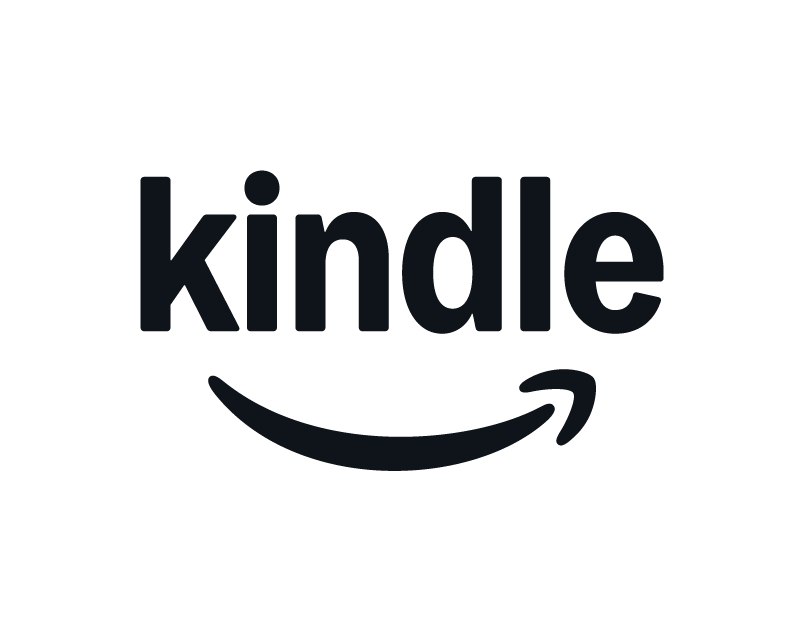Kindle is an e-book brand designed for reading under Amazon. Since its launch in 2007, it has become one of the most popular e-readers in the world with its innovative e-ink screen technology and convenient reading ecosystem.
1. Core technical advantages
- E-ink screen
- No blue light, no flicker, no eye damage for long-term reading.
- Visible under strong light, extremely low power consumption (only consumes power when turning pages).
- Cross-device synchronization
- Through an Amazon account, you can synchronize reading progress and notes on Kindle devices, mobile APP, tablets or computers.
- Resource ecology
- Kindle Store: Provides millions of e-books, including new book debuts and classic works.
- Kindle Unlimited: Subscription service (available in some markets), monthly fee to read a specific library.
- Format support: Native support for AZW, MOBI, and EPUB, PDF, etc. can be read through conversion tools.
2. Market impact and user evaluation
- Advantages:
- Reading experience is close to that of paper books, and battery life far exceeds that of tablets.
- Seamless integration with the Amazon ecosystem, convenient book purchase.
- Durable equipment and stable system (closed system reduces interference).
- Controversy points:
- Some models are expensive (such as Oasis).
- Closed system restricts the installation of third-party applications.
3. Applicable groups
- Ordinary readers: users who pursue immersive reading and hope to reduce screen fatigue.
- Students/academic groups: need to read a lot of literature or take notes (Scribe is recommended).
- Travel enthusiasts: light and easy to carry, can store thousands of books.
Summary
Kindle has redefined digital reading through technological innovation. Despite competition and business adjustments, its core advantages still make it a benchmark in the field of e-books. If you value the pure reading experience and the convenience of resource acquisition, Kindle is still a choice worth considering.
